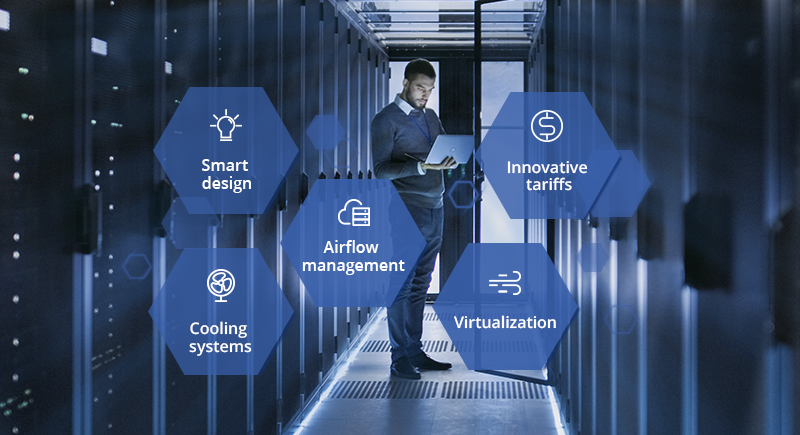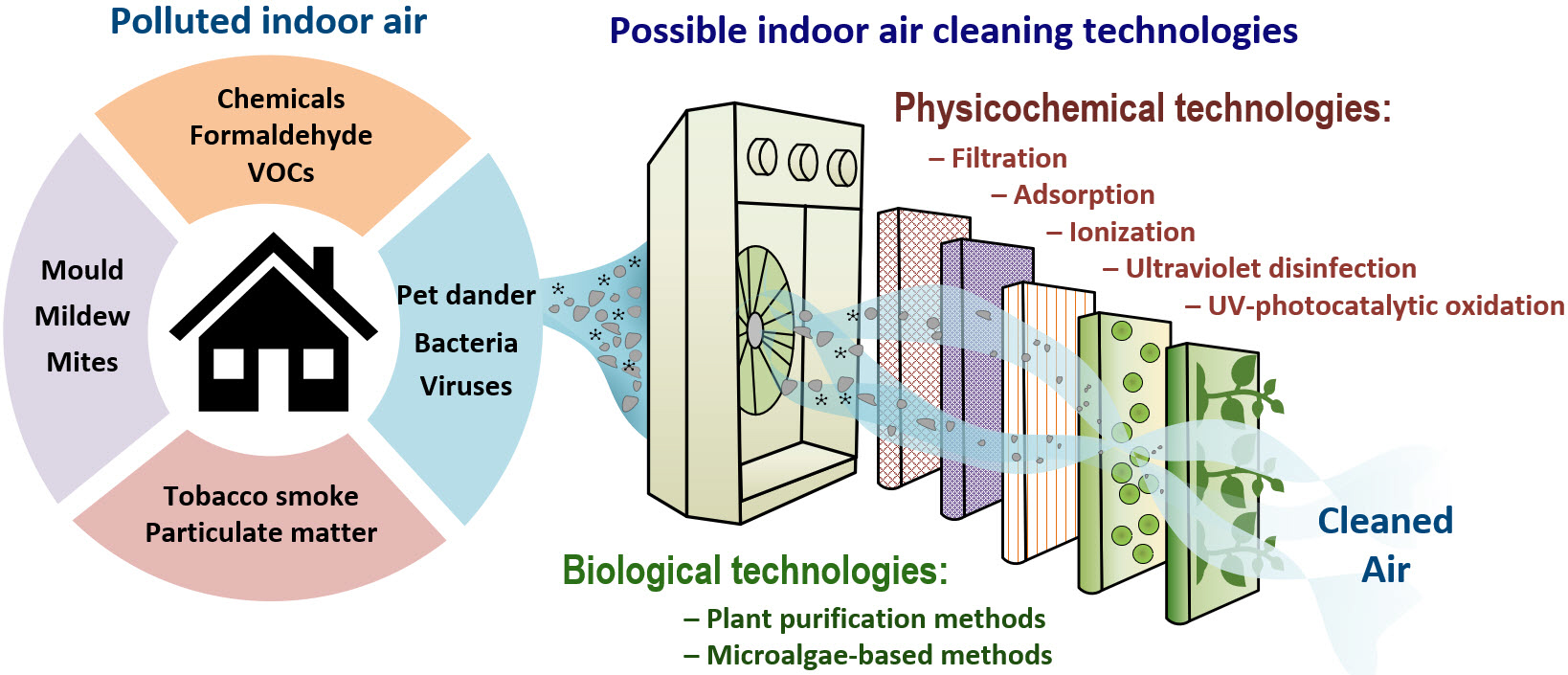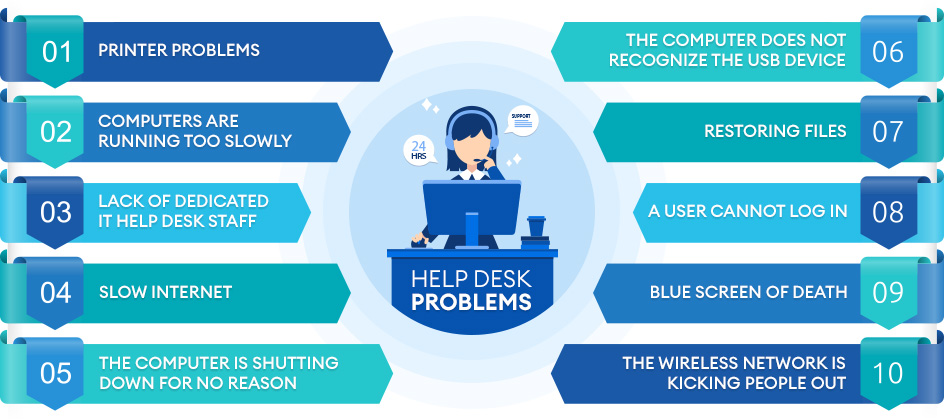In the age of digital acceleration, large-scale data centers have become the backbone of global information processing and storage. These massive facilities, housing thousands of servers, are the unsung heroes of our internet-driven world. However, as the demand for data processing grows, so does the need for efficient and sustainable operations within these data centers. One of the key challenges is maintaining optimal environmental conditions, which is crucial not only for the performance of the hardware but also for the overall energy efficiency of the center.
The Importance of Environmental Control in Data Centers
Data centers are sensitive environments where even minor fluctuations in temperature, humidity, or air quality can significantly impact performance. Servers and other computing equipment generate a tremendous amount of heat, requiring sophisticated cooling systems to prevent overheating. Traditional cooling methods, however, are energy-intensive and contribute to the high operational costs of data centers. To address this, industry leaders are turning to innovative environmental control solutions that maximize efficiency and minimize energy consumption.
Advanced Cooling Techniques: Beyond Traditional Methods
Innovative cooling techniques are at the forefront of reducing energy consumption in data centers. Methods like liquid cooling, where server components are directly immersed in a non-conductive liquid, are becoming more popular. This method is far more efficient than air cooling, as liquids are better at absorbing heat. Another approach is the use of outside air cooling, which utilizes external air conditions to regulate the temperature inside the data center, thereby reducing the reliance on artificial cooling systems.
The Role of Smart Technology in Environmental Management
Smart technology plays a pivotal role in optimizing the environmental conditions within data centers. Advanced sensors and AI-driven algorithms continuously monitor and adjust the internal environment to ensure it remains within the desired parameters. This smart management not only helps in maintaining the optimal operating conditions but also significantly reduces energy consumption by adjusting the cooling needs in real-time based on the server load and external weather conditions.
Harnessing Renewable Energy Sources
The shift towards renewable energy sources is a significant step in making data centers more sustainable. Solar panels, wind turbines, and even geothermal energy are being integrated into the power supply chain of modern data centers. This not only reduces the carbon footprint of these facilities but also ensures a more reliable and potentially cost-effective energy supply in the long term.
Ensuring Air Quality and Dust Control
Maintaining high air quality is essential in data centers, as the presence of dust and other particulates can lead to hardware malfunctions and reduced efficiency. To address this, many data centers employ advanced filtration systems that continuously clean the air, removing particles that could harm the sensitive electronic components. Additionally, a crucial aspect of maintaining this air quality is the integration of a dust suppression system. This system works by controlling the amount of dust in the environment, ensuring that the particulate levels stay within safe limits. This not only protects the hardware from potential damage but also contributes to the overall efficiency of the cooling systems. Dust particles can act as insulators, trapping heat within the server components, and a well-maintained dust suppression system helps in mitigating this risk, thereby enhancing the overall operational efficiency of the data center.
Scalability and Flexibility in Data Center Design
The scalability and flexibility of data centers are essential in meeting the ever-changing demands of the digital world. Modular designs are becoming increasingly popular, allowing for the easy expansion of capacity without disrupting existing operations. This flexibility also extends to environmental control systems, which can be scaled up or down based on the current needs of the data center, thus ensuring that efficiency is maintained at all levels of operation.
Employee Health and Safety
The health and safety of employees working in data centers is another important aspect of environmental control. High-quality air filtration and dust suppression not only protect the hardware but also create a healthier work environment for the staff. By maintaining a clean and well-regulated environment, data centers can ensure the well-being of their employees, which in turn leads to increased productivity and job satisfaction.
The Economic Impact of Environmental Efficiency
Investing in innovative environmental controls is not just about sustainability; it also makes economic sense. By reducing energy consumption and increasing operational efficiency, data centers can significantly lower their operational costs. This is a critical factor in a highly competitive industry where margins can be thin, and operational efficiency can be a key differentiator.
Future Trends and Innovations
Looking to the future, we can expect to see even more innovative solutions being developed for environmental control in data centers. Technologies like machine learning and predictive analytics will further enhance the efficiency of cooling and air quality systems. There’s also a growing interest in integrating green building designs, which use natural elements to aid in cooling and air purification, thus further reducing the reliance on artificial systems.
Conclusion
Maximizing efficiency in large-scale data centers through innovative environmental controls is more than a technical challenge; it’s a necessary evolution in the era of digital transformation. As data centers continue to grow both in size and importance, the need for sustainable, efficient, and cost-effective environmental controls becomes ever more critical. By embracing advanced cooling techniques, smart technology, renewable energy, and effective air quality management, data centers can not only meet the demands of the digital age but do so in a way that is both economically viable and environmentally responsible.





